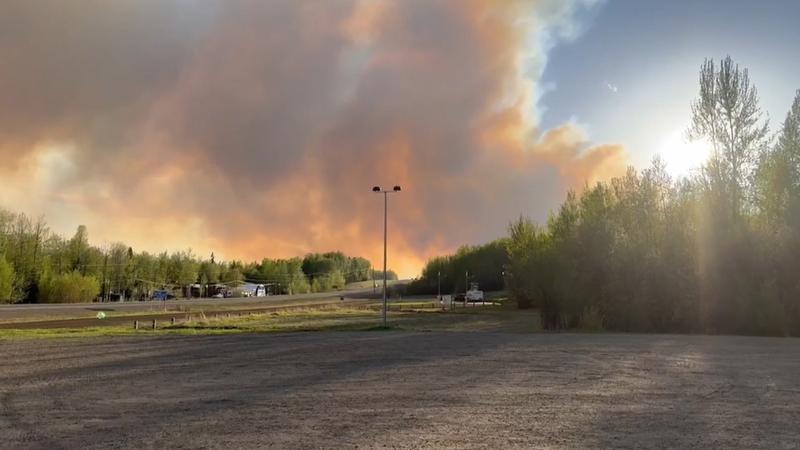
Wildfire that triggered evacuation of Fort Nelson, B.C. caused by downed tree: mayor
The mayor of a northeastern British Columbia municipality says a tree blown down by strong winds fell onto a power line and started the fast-growing wildfire that forced the evacuation of thousands of community members.
Northern Rockies Regional Municipality Mayor Rob Fraser says most of the 3,500 residents in and around Fort Nelson, B.C., have been evacuated since the Parker Lake fire broke out on Friday, but police are knocking on doors to ensure everyone got out.
The Parker Lake blaze has reached almost 17 square kilometres in size, more than doubling the eight square kilometres reported late Friday, and BC Wildfire Service maps show the fire burning just a few kilometres west of Fort Nelson’s city limits.
It also knocked out 911 service and disrupted telecommunications in Yukon and Northern B.C., with officials in the territory asking Whitehorse residents needing help to go directly to the local RCMP detachment, fire halls or ambulances stationed throughout the city.


